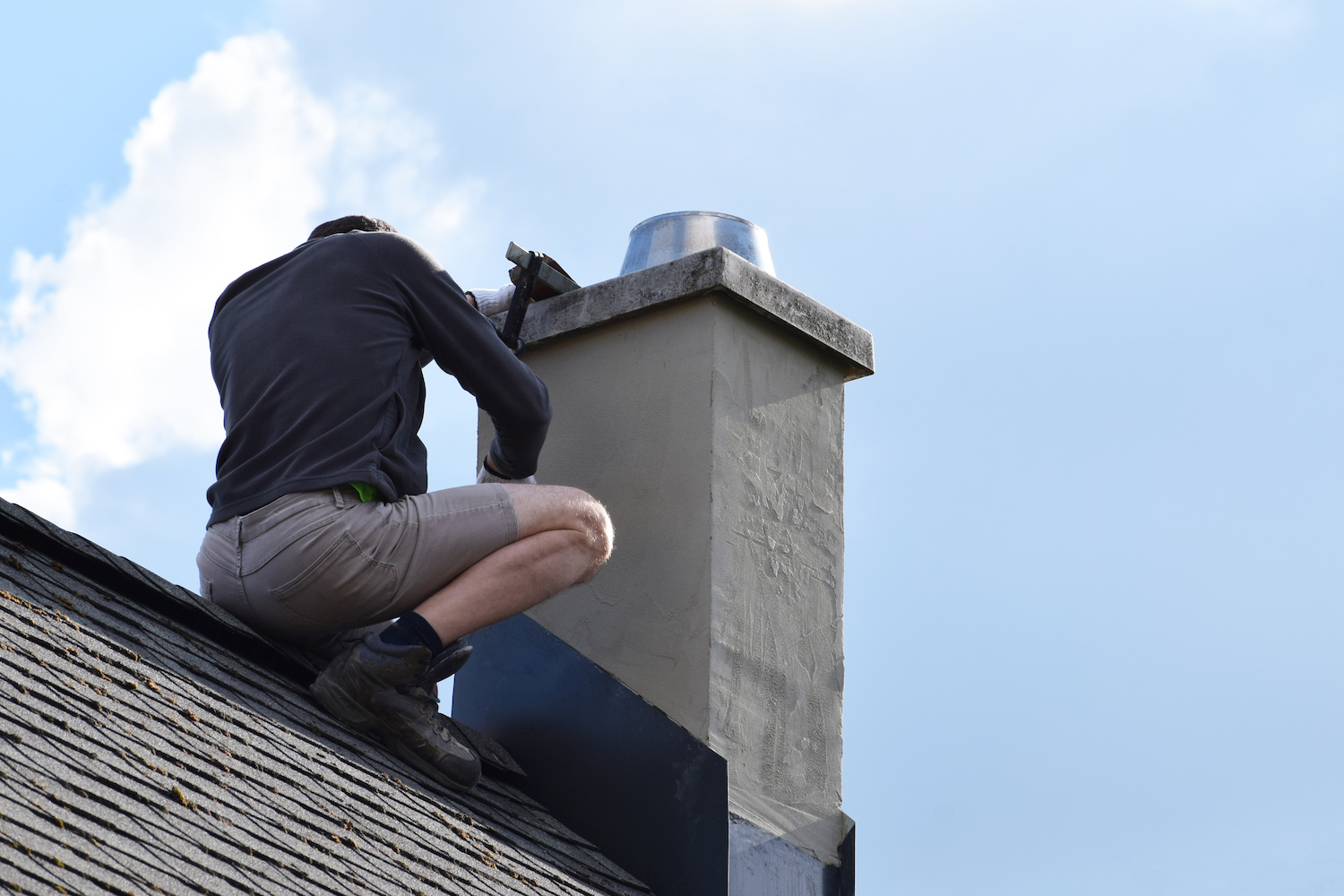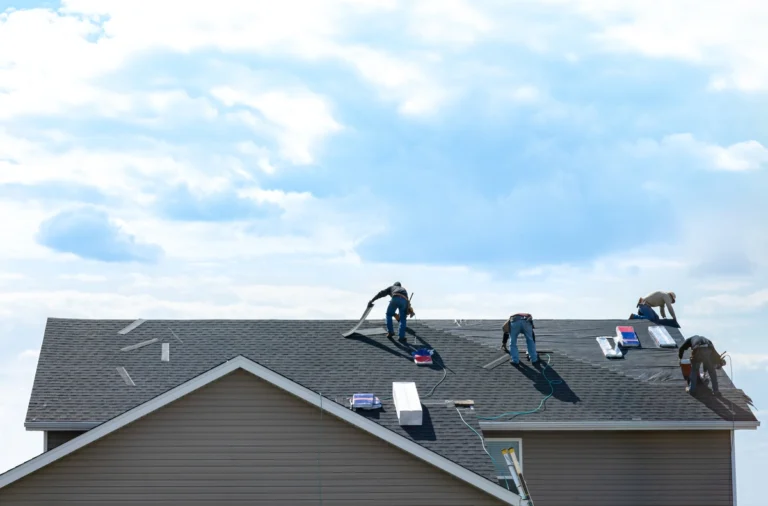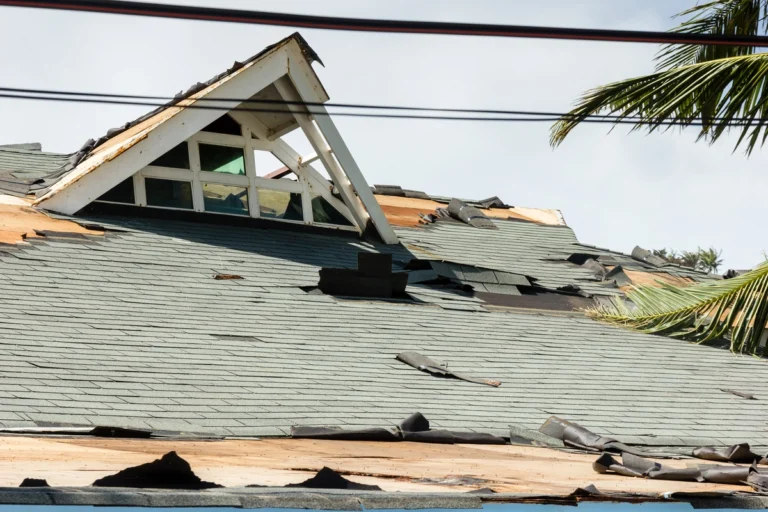Your roof is an essential home structure for protection against harsh weather. Homeowners must ensure that their roof is in good shape. An old roof can cause several expensive problems you can avoid with a new one.
A roofing system includes more than just shingles. A roofing contractor is an expert installing flashing, which is crucial to any roofing project. If you’ve experienced roof damage or leaking near your roof’s flashing, schedule a roof estimate right away.
What Is Roof Flashing?
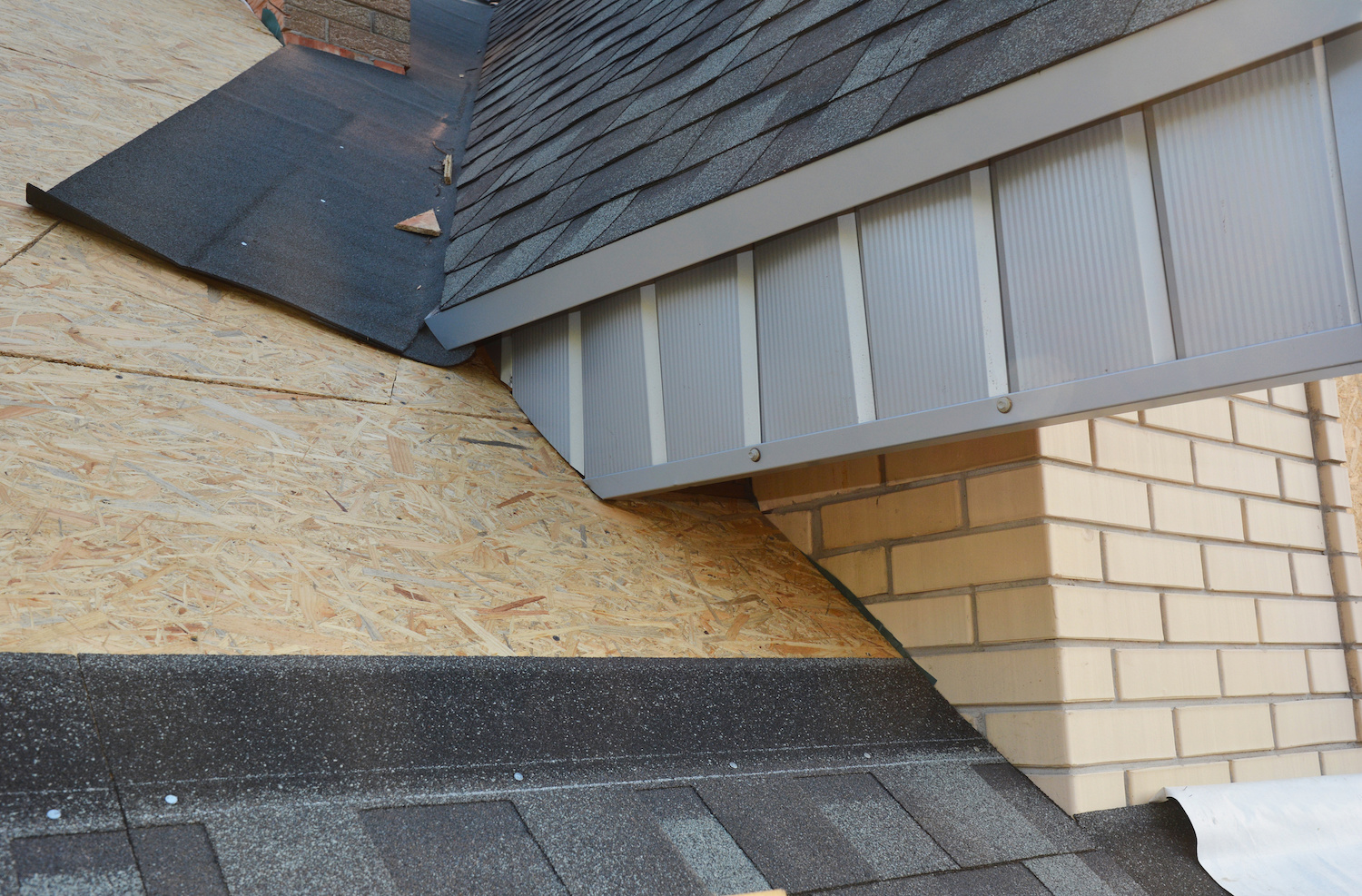
Roof flashing is a thin metallic sheet, and flashing material helps to waterproof the perimeter of your roof. When you properly install flashing, it will direct water away from seams and joints, and the flashing will prevent leaks into your walls and ceilings.
Roof flashing is critical around protrusions on the roof, such as chimneys. The flashing will direct water away from areas of your roof that collect water.
Is Roof Flashing Important?
Roof flashing is essential for preventing water penetration. The flashing creates a watertight seal that will direct water to the gutters instead of roof valleys where water will collect. The last thing you want is water leaking into your new roof.
A roofing contractor can identify areas of your roof that need flashing installed. Flashing will prevent water from pooling on your roof, which can damage your shingles.
Is Flashing on a Roof Necessary?
Yes, roof flashing is necessary. Every roofing system must have flashing installed to protect the structure’s integrity. Water damage can cause many problems in your home.
Replacing the old flashing is only sometimes necessary when installing a new roof, and you must determine if it is in good shape. It is best to consult with a roofing contractor to determine the need to be replaced. It would help if you asked for a contractor’s recommendation when installing flashing on sloped roofs.
Roof flashing that is properly installed will protect your home and your roof. This roofing material will stop water damage and prevent water from leaking into your home. Water leaks can lead to structural damage and mold.
How Roof Flashing Works

The purpose of a house’s roof is to protect against weather elements. Certain areas of the roofing system are prone to leaks and water damage. You want to ensure that any rainwater finds its way into your gutter system so it will drain away from your home.
Roof valleys, areas around chimneys, and skylights are notorious for having water leaks, and these areas tend to have a lot of water runoff. You will need to install flashing where you find an intersection on your roofing project, and it would be best if you sealed this flashing, so it is watertight.
Contractors typically use roofing cement to seal the flashing to your roof. They will apply it with a trowel so that it is even. The roofing cement creates a watertight seal. You may find a contractor that uses nails to install the metal flashing. Nails can work, but problems arise when other roofing materials contract and expand with the weather.
Roof Flashing Materials
Several metals are used for roof flashing, made from aluminum, copper, and steel. Your choice of metal will depend on your preference for appearance and your budget, and a contractor can recommend the type of metal that will work best for your home.
The most popular choice for roof flashing is steel. Steel will give you a clean look and is the most affordable. If you choose galvanized steel, it will not rust. Steel flashing is durable and should last the lifetime of your roof.
Copper flashing is a little more expensive, but it is durable and lasts longer than other metal flashing. You will usually find copper flashing around chimneys.
You can also go with aluminum flashing. This flashing is easy to form, but it must be coated if you are using it with masonry or concrete. Aluminum is very lightweight.
Common Types of Roof Flashings
There are several types of roof flashing that you will find installed on a roof. Every kind of flashing has a specific role in protecting your roof and must be installed because they work together to remove water from the surface of your roof.
Continuous flashing: This is a long piece of metal that prevents water penetration between vertical walls and sloped roofs. This piece of metal directs the water to the shingles below.
Base flashing: Base flashing is installed around chimneys or skylights. Typically, two pieces of flashing are used to prevent leaks. The metal stops water from entering the joints at the base of the features.
Counter flashing: Counter flashing is installed opposite or above the base flashing. These roofing materials work together to prevent water from leaking into the roof. You can’t have one without the other.
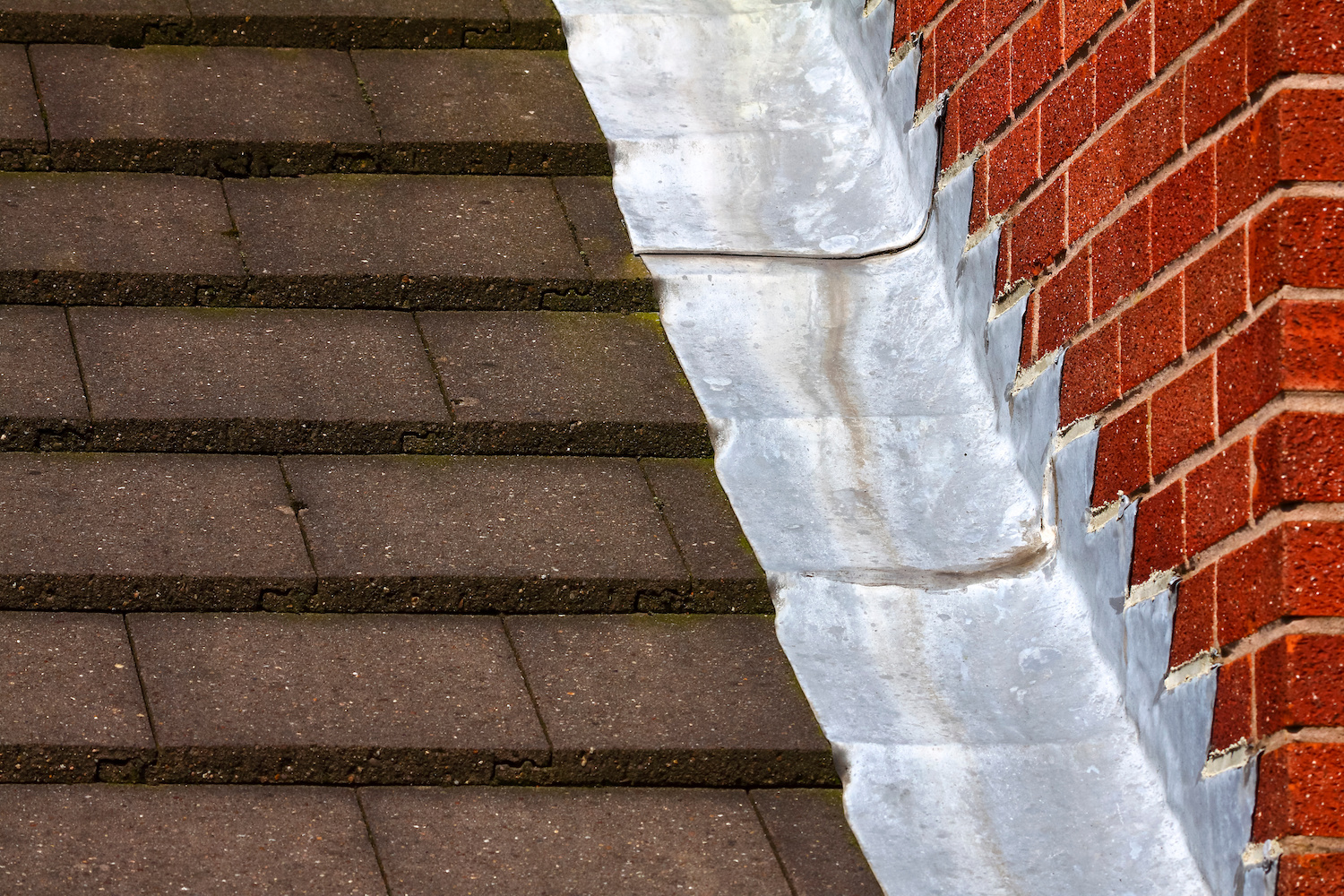
Step flashing: Step flashing are rectangular pieces of metal bent 90 degrees in the middle. These are installed in layers to prevent water leaks into the wall.
Valley flashing: If your roof has any valleys, it is essential that flashing is installed. Water will pool in these areas of your roof if you don’t have suitable roofing materials installed.
Drip edges: Drip edges are just as the name implies. It is a thin strip of metal that allows the water to drip over the roof’s edge. This metal stops the water from getting into your home through your walls.
Kickout flashing: This roof flashing guides the water from the roof into the gutter, stopping the water from penetrating the wall. Keep your gutters clean and debris-free, so the process works.
Final Thoughts
Roof flashing is essential for the longevity of your roof. If you have the right roofing material installed, your roof won’t need to be replaced for years. You will also be protecting your home from water leaks.
If you are thinking about installing a new roof, you must invest in the proper flashing for your home. You can install it yourself or have a roofing company install it. However you have it installed, it is an investment you will be glad you made.

